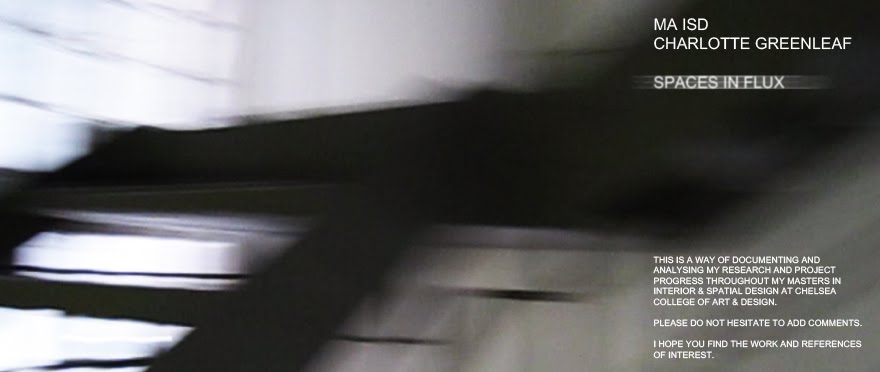Tacita Dean is an English artist, whose films, photographs and installations involve reference to history, time and place, light quality and the film as the subject matter. The strengths of her artworks are in her ability to encompass the truth of the moment, the film as the medium and the receptivity of the individual.
Kodak (2006), is a looped film recording the production of her choice film for standard 16mm cameras within the last factory in Europe in Chalon-sur-Saône, France. Dean explains the background to this artwork in an interview at the Frith Street Gallery, published in the article Kultureflash Interview: Artworker of the Week: Tacita Dean:
‘I was trying to get hold of black and white film for my 16mm camera ... and ... I was told that Kodak had stopped producing it ... I found five rolls in New York and I decided on a whim to think about using it to film the Kodak factory in Chalon-sur-Saône, at this point not knowing that they had just decided to stop all film production there. The idea of the film was to use its obsolete stock on itself. The point is that it’s a medium that’s just about to be exhausted.'
The 44 minute film presents a narrative of film illustrating itself and witnessing its own termination. The film shows the mysterious spaces within the factory, where transparent sheets of film are manipulated through complex machines and rollers. The film shows close ups of the machine processes, whilst also illustrating the operators day. Although the film starts in black and white, colour becomes dominant through the film, which is abstracted by the close filming, and the glows necessary for the processing of the film.


Kodak, portrays a strong connection and relationship between the medium of the filming device and the subject and space the film is recording.


No comments:
Post a Comment